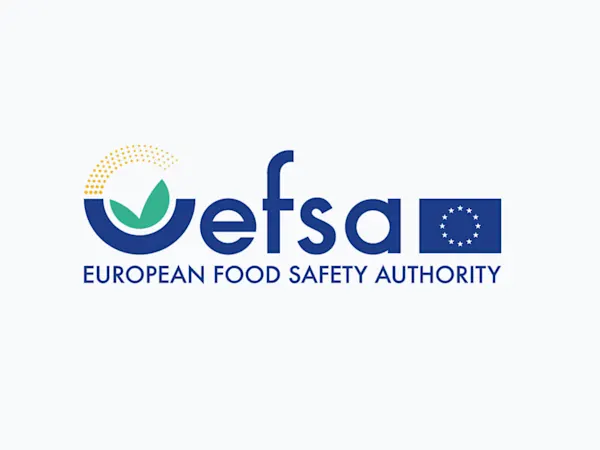
EFSA Seeks Feedback on Overhaul of Weight of Evidence and Biological Relevance Guidance
EFSA launches consultation on updating its Weight of Evidence and Biological Relevance guidance, aiming to streamline chemical risk assessment practices.


The European Commission enacted Regulation (EU) 2024/2612, which revises maximum residue levels (MRLs) for several substances, including pesticides like clopyralid, difenoconazole, and flonicamid, as well as low-risk substances such as chitosan and hydrolysed proteins. This update aims to enhance food safety standards across the EU by amending Annexes II, III, and IV of Regulation (EC) No 396/2005.
The new regulation updates the MRLs for a variety of substances found in food and feed products:
Several low-risk substances, including chitosan, fat distillation residues, hydrolysed proteins, and lavandulyl senecioate, have been added to Annex IV. This means these substances no longer require specific MRLs due to their minimal risk of leaving harmful residues in food or feed products. These changes reflect the EU’s commitment to balancing the need for effective pest control with consumer safety.
The European Food Safety Authority (EFSA) played a critical role in assessing the safety of the proposed MRL modifications. Evaluations considered the potential exposure of 27 European consumer groups, ensuring that the changes would not exceed the acceptable daily intake (ADI) or acute reference dose (ARfD). The data confirmed that all new MRLs are well within safe consumption levels.
These MRL adjustments are significant for agricultural producers, especially those involved in growing wheat, rye, potatoes, and other crops affected by the new residue limits. Food producers will need to comply with the updated regulations to ensure their products remain within safe residue levels, ensuring continued access to the European market.
Furthermore, the inclusion of low-risk substances in Annex IV removes unnecessary regulatory burdens, promoting their use in sustainable agriculture while maintaining high food safety standards.
Foresight continuously tracks 1000s of sources and maps updates to your portfolio:




EFSA launches consultation on updating its Weight of Evidence and Biological Relevance guidance, aiming to streamline chemical risk assessment practices.

The Netherlands refines its list of potential ZZS chemicals to better align with EU assessments, boosting early detection and regulatory foresight.

Germany's CONMAR-Impact study sets new environmental quality standards for TNT in marine ecosystems, raising industry-wide compliance questions.
Subscribe to Foresight Weekly and get the latest insights on regulatory changes affecting chemical compliance.
Free forever. Unsubscribe anytime.
Read by professionals at